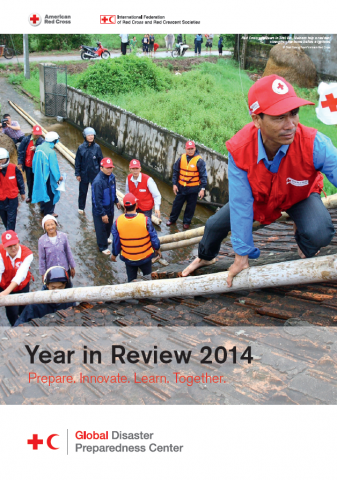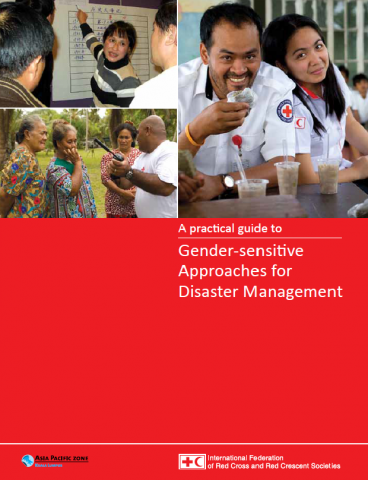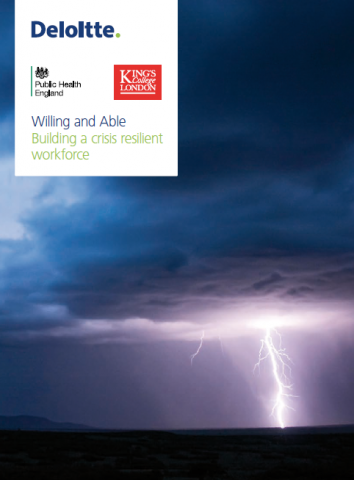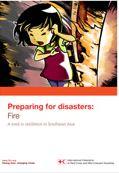Aynur Kadihasanoglu
aynur.kadihasanoglu@redcross.org
Geneva,
I work at the Red Cross Red Crescent Climate Center and the American Red Cross, Global Disaster Preparedness Center (GDPC) as the Senior Urban Specialist. Focus of my work is strengthening local capacities through close collaboration with global partners and field teams and developing innovative approaches, tools and methodologies aimed at scaling up impact in urban settings. Some examples of work include starting and leading the Urban Collaboration Platform of IFRC (2015-21), leading the Coastal Cities and Coalition Program (2017-21) and managing the Extreme Heat Small grants program of the GDPC and CC (2022). My motivation is to use my educational background in city and regional planning, combined with earlier work in the development arena with the UN and the World Bank to help RCRC National Societies be confident and skilled in understanding and taking action against the compounding risks that the urban communities are facing.
Report

Urbanization is the single most important transformation that the African continent will undergo this century. More than half of Africa’s population will live in its cities by 2040. Well-managed urbanization has the potential to propel growth, e...
Case Study

Nepal is ranked the eleventh most at risk country with regard to earthquakes, and the thirtieth with respect to floods. The communities also suffered from other disasters such as fires, windstorm, thunderstorms and landslides. Having implemented sinc...
Case Study

Bangladesh is one of the most disaster prone countries in the world and typically affected by disasters including floods, cyclones, river erosion, drought, tornadoes, landslides, and earthquakes. School children are considered the most vulnerable pop...
Case Study

In 2007, an alliance of residents, neighborhood and merchant associations, non profits and faith based organizations, foundations and academic institutions was created around a simple mission, empowering the neighborhoods of San Francisco with the ca...
Video
As part of its Urban October celebrations, UN-Habitat has launched “Paper City”, a stop-motion video animation portraying today’s urban challenges using a paper and cardboard mock city. Aimed at an audience not yet familiar with urbanization pr...
Guidance material

From the 24 – 28 March 2014, RedR held a pilot course for 24 WASH experts on the subject of addressing the social, institutional and technical gaps that currently exist for water, sanitation and hygiene provision in the urban emergency context. Thi...
Research

The Red Cross/Red Crescent is facilitating a two-year technology initiative to collaboratively explore, inform and adapt emerging solutions to strengthen the resilience of vulnerable urban communities. We will collaborate with a diverse range of stak...
Report, Research

The title of this Report, Mind, Society, and Behavior,captures the idea that paying attention to how humans think (the processes of mind) and how history and context shape thinking (the influence of society) can improve the design and implementati...
Guidance material

These guidelines have been developed to specifically address two key recommendations that have emerged from the Vulnerability and Capacity Assessment (VCA) review; these are to provide further guidance to National Red Cross and Red Crescent Societies...
